Farwa Moledina’s work is concerned with the lived experiences of Muslim women. Her work for this exhibition explores the erasure that Muslim women have faced throughout history. Its title ‘Thawra’, meaning ‘Revolution’, is a term and concept which gained momentum and notoriety in the protests of the Arab Spring.
Artist Spotlight
This piece focuses on revolutionary Muslim women and explores the erasure that Muslim women have faced throughout history. Its title ‘Thawra’, meaning ‘Revolution’, is a term and concept which gained momentum and notoriety in the protests of the Arab Spring.
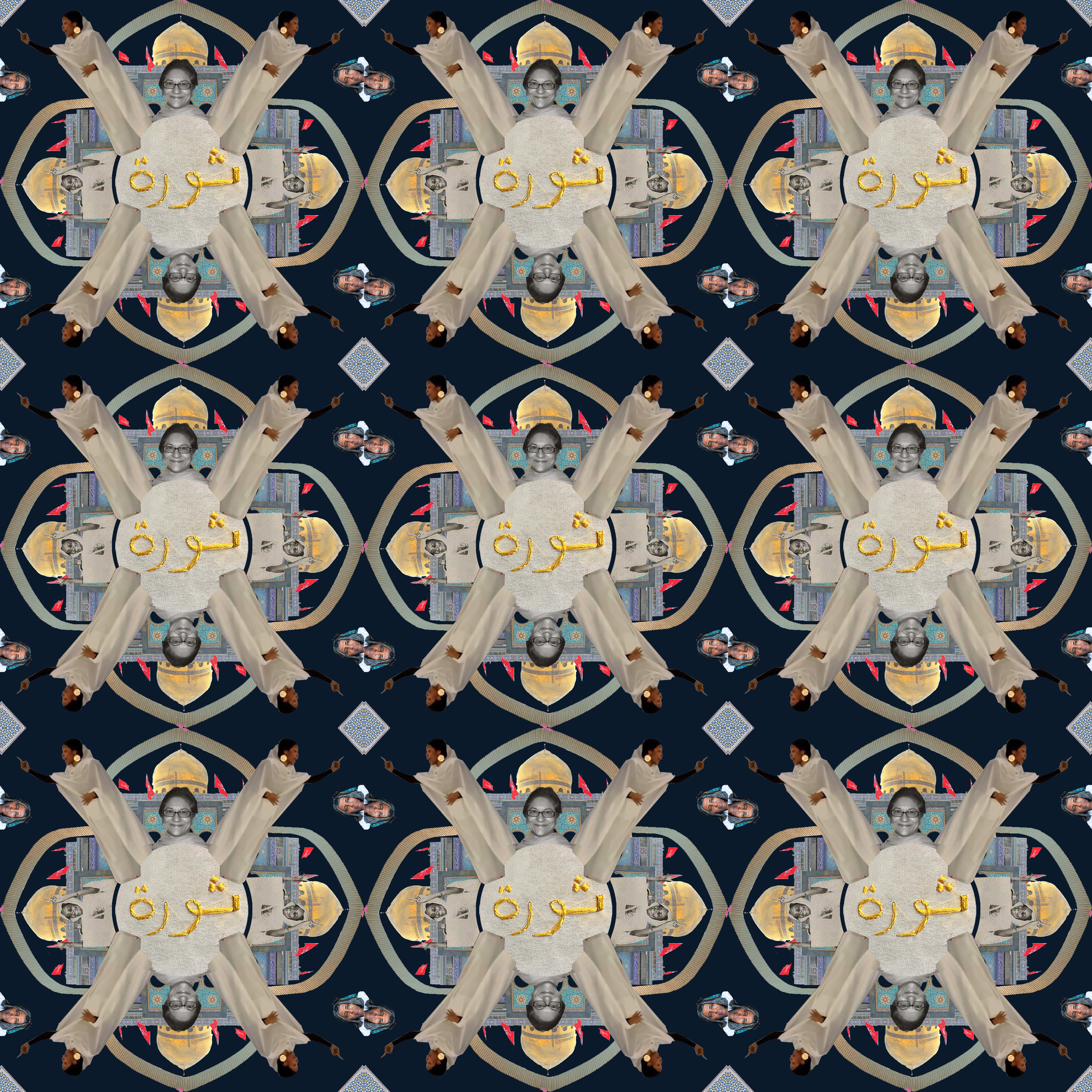
(Farwa Moledina)
The work is comprised of a pattern woven through columns of gold thread. It features an unwoven outline of Alaa Salah, one of many Sudanese women leading protests against the government in April 2019. This image of Salah taken by Lana Haroun went viral on social media, but largely within Muslim communities. Salah has risen to be a prominent contemporary symbol of female leadership in Islam. Farwa’s choice to leave the outline unwoven is a political one and symbolises the erasure that Muslim women face, both historically and in contemporary society.
The pattern woven within includes images or symbols of other revolutionary Muslim women including Asma Jahangir, Dr. Hawa Abdi, Fatima Ahmed Ibrahim, a tile from the Fatima Al Fihri Al Qarawiyyin University, and the shrine of Sayyidah Zainab Bint Ali. Farwa’s work often centers around the theme of Muslim Female empowerment. This piece is an homage to six different Muslim women of all ages, races, backgrounds and across generations (626 AD - 2019) with two common threads that weave them together, they are Muslim women and they have spoken up.
Through the use of pattern and textile, Moledina's work addresses issues surrounding Feminism, Muslim Women and Faith. In this work, Moledina has created a pattern made from images of different Muslim women leaders, both historical and current. When combined these elements form a pattern that resembles Islamic geometric art.
Islamic art is fundamentally based on the concept of Al-Tawhid (Divine Unity) (Burckhardt) and this is expressed through geometric symmetrical patterns that appear to be infinite. Designs intricately attempt to trace the origins in creation, encouraging viewers to reflect upon them not backwards but inwards (Critchlow, 1976). As such, Islamic art fosters an exploration of what lies beneath the visual surface. Moledina employs these principles within her work, where the pattern needs to be studied and contemplated to perceive its hidden depth, inviting the viewer to identify the different layers within the design. The process of creating a pattern is a form of meditation and reflection, always returning to the concept of Tawhid through the reclamation of Islamic design principles.
The Women Within the Pattern
Alaa Salah, an architectural engineering student in the Sudanese capital, Khartoum, became a symbol of the Sudan revolution when an image of her leading protests went viral in April 2019. “My life changed after that picture,” Salah tells TIME. “Whenever I have the chance to help my people and serve my people, I will take it.” “…my parents raised me to love our home” Salah has since risen to be a prominent contemporary symbol of female leadership in Islam and is an inspiration to Muslim women everywhere.
Salah is pictured wearing a traditional white Tobe. Hind Makki gives some context about the significance of Salah’s outfit choice. “She's wearing a white tobe (outer garment) and gold moon earrings. The white tobe is worn by working women in offices … it represents women working as professionals ... “Her entire outfit is also a call-back to the clothing worn by our mothers & grandmothers in the 60s, 70s, & 80s who dressed like this during while they marched the streets demonstrating against previous military dictatorships.” “Sudanese everywhere are referring to female protestors as "Kandaka," which is the title given to the Nubian queens of ancient Sudan whose gift to their descendants is a legacy of empowered women who fight hard for their country and their rights.”
Salah was filmed chanting a poem by Sudanese poet Azhari Mohammad Ali ‘The bullet doesn’t kill, what kills is the silence of the people’
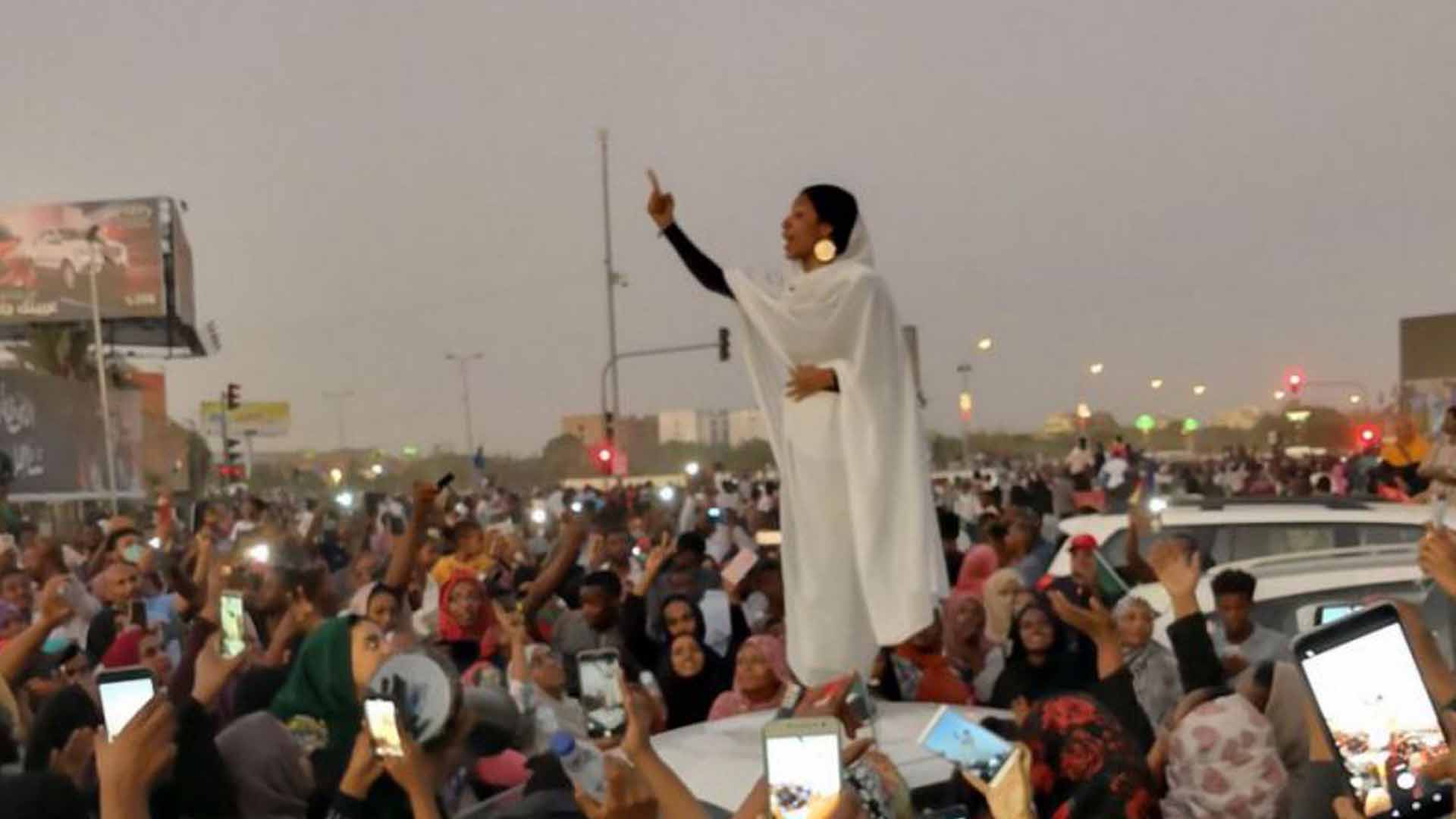
(Lana Haroun)
Sources: Time | The Guardian | Twitter
Asma Jahangir (1952-2018) was a Pakistani human rights lawyer and activist. For three decades, she showed incredible courage in defending the most vulnerable Pakistanis – women, children, religious minorities and the poor. Jahangir founded the first legal aid centre in Pakistan in 1986 and made history when she was elected as the first female President of the Supreme Court Bar Association of Pakistan in 2010. For her relentless campaigning against laws that discriminate against women, and for continuously speaking truth to power, Jahangir had been threatened, assaulted in public and placed under house arrest. Jahagir was a democracy activist and was imprisoned in 1983 for participating in the Movement for the restoration of Democracy against the military regime of Zia-ul-Haq.
She is celebrated for defending, protecting and promoting human rights in Pakistan, often in very difficult situations and at great personal risk.
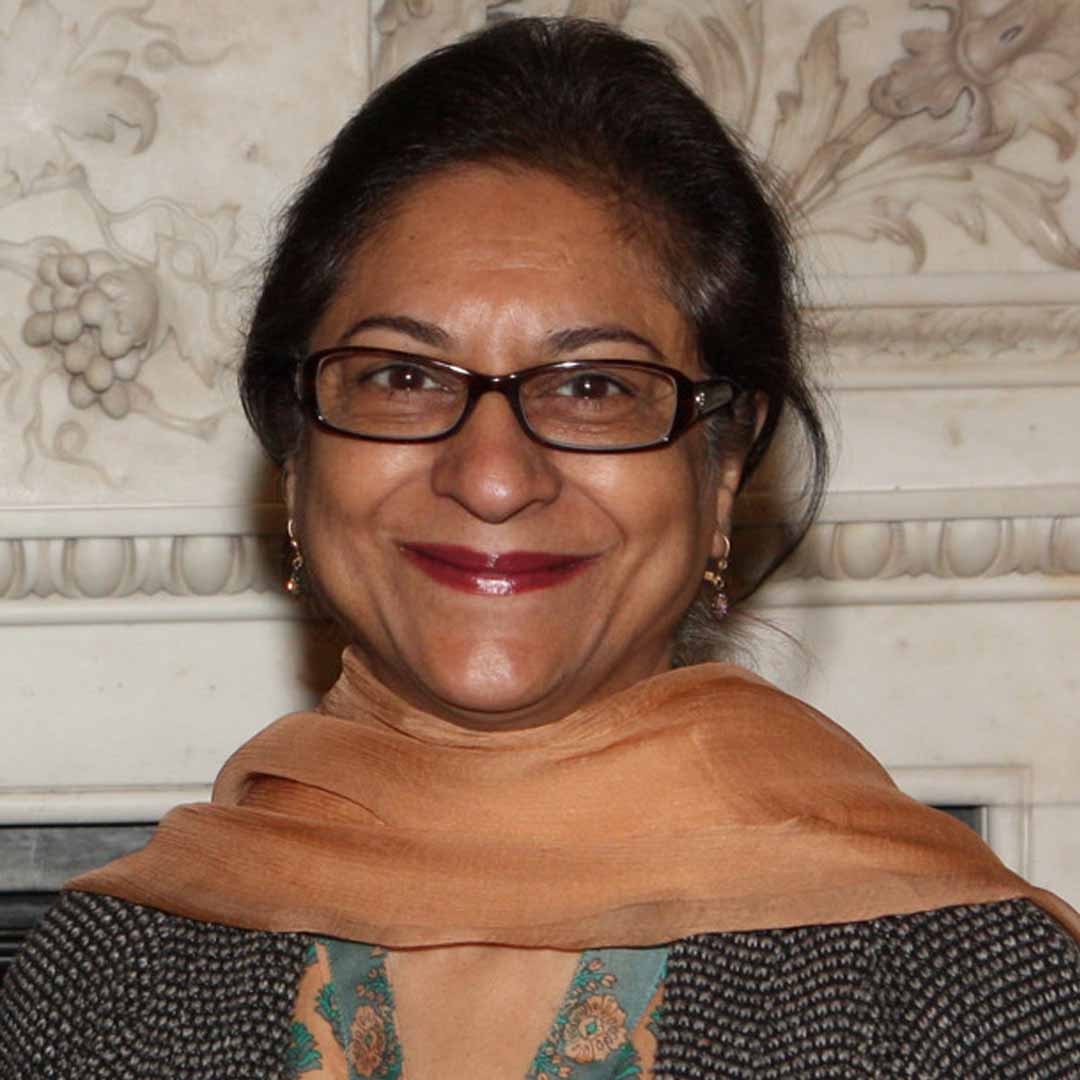
(Wikimedia)
Source: Right Livelihood Award
Fatima Ahmed Ibrahim (1932-2017) was a Sudanese feminist and the first woman elected to parliament in Sudan. In 1947, she founded the Intellectual Women’s Association and in 1952, Ibrahim joined other activists to found the Sudanese Women’s Union.
In 1954, Fatima joined the Sudanese Communist Party. In 1955, she became the editor-in-chief of the SWU’s newsletter Sawat al-Maraa (Woman’s Voice) despite the fact that women were banned from working as journalists. As a religious woman and the daughter of an imam, Ibrahim was more than able to quote the Qur’an back at fundamentalists attempting to restrict women’s roles using religious arguments. In 1991 she was elected as President of the Women’s International Democratic Federation and was the first Muslim woman from Africa to hold this position. She was awarded the UN award for Outstanding Achievements in the Field of Human Rights two years later.
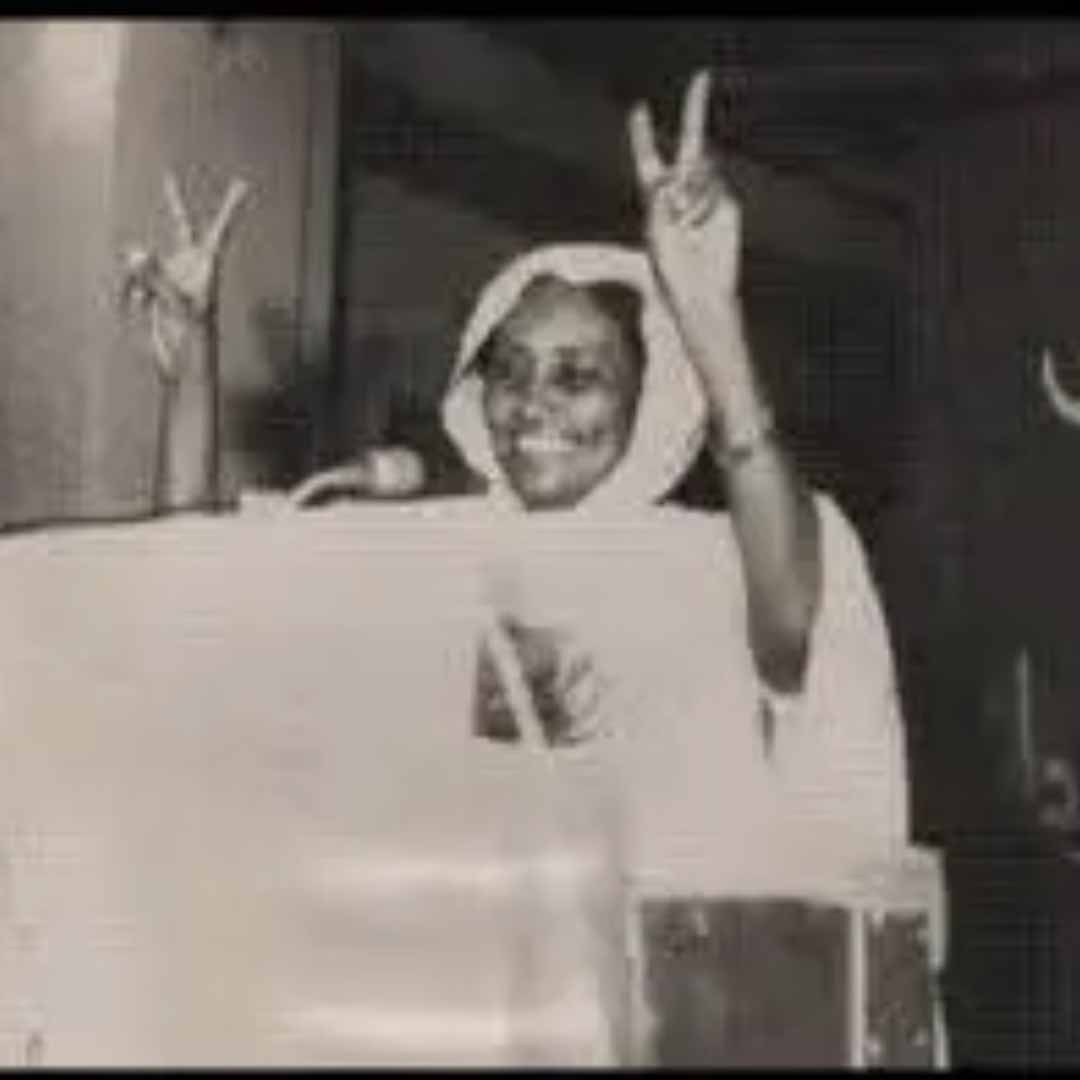
(Sudanese Communist Party)
Source: Sisterhood
Dr. Hawa Abdi (1947-2020) was a Somali human rights activist, doctor, and Nobel Peace Prize nominee.
Affectionately known as Mama Hawa, Abdi’s life was filled with extraordinary generosity, care, and compassion, as she worked to improve the lives of women, children, and displaced people in Somalia. Following her death, Somalia’s Ministry of Women and Human Rights Development described her as a "fierce advocate for the rights of Somali women and children," and said she "dedicated her life to providing them with free health care."
"I used to think and dream that one day I, myself, could save lives so no other mother would die helpless," Abdi told the New York Times in 2011. After winning a scholarship to study medicine in Ukraine, Abdi became one of Somalia’s first gynaecologists — before going on to complete a law degree, and work for government hospitals in Somalia.
As well as training dozens of doctors and nurses, Abdi also established literacy classes for women, and an agricultural project to support former herders in farming their own food. In 1983, Abdi founded a one-room health care clinic that would grow over the years into a refuge for thousands of displaced people and refugees, it now houses a hospital, a school, and a refugee camp for approximately 90,000 people made homeless by the Sudanese civil war. Dr Hawa Abdi died on 5th August 2020 and is survived by her two daughters, who also became physicians, keeping her legacy alive.
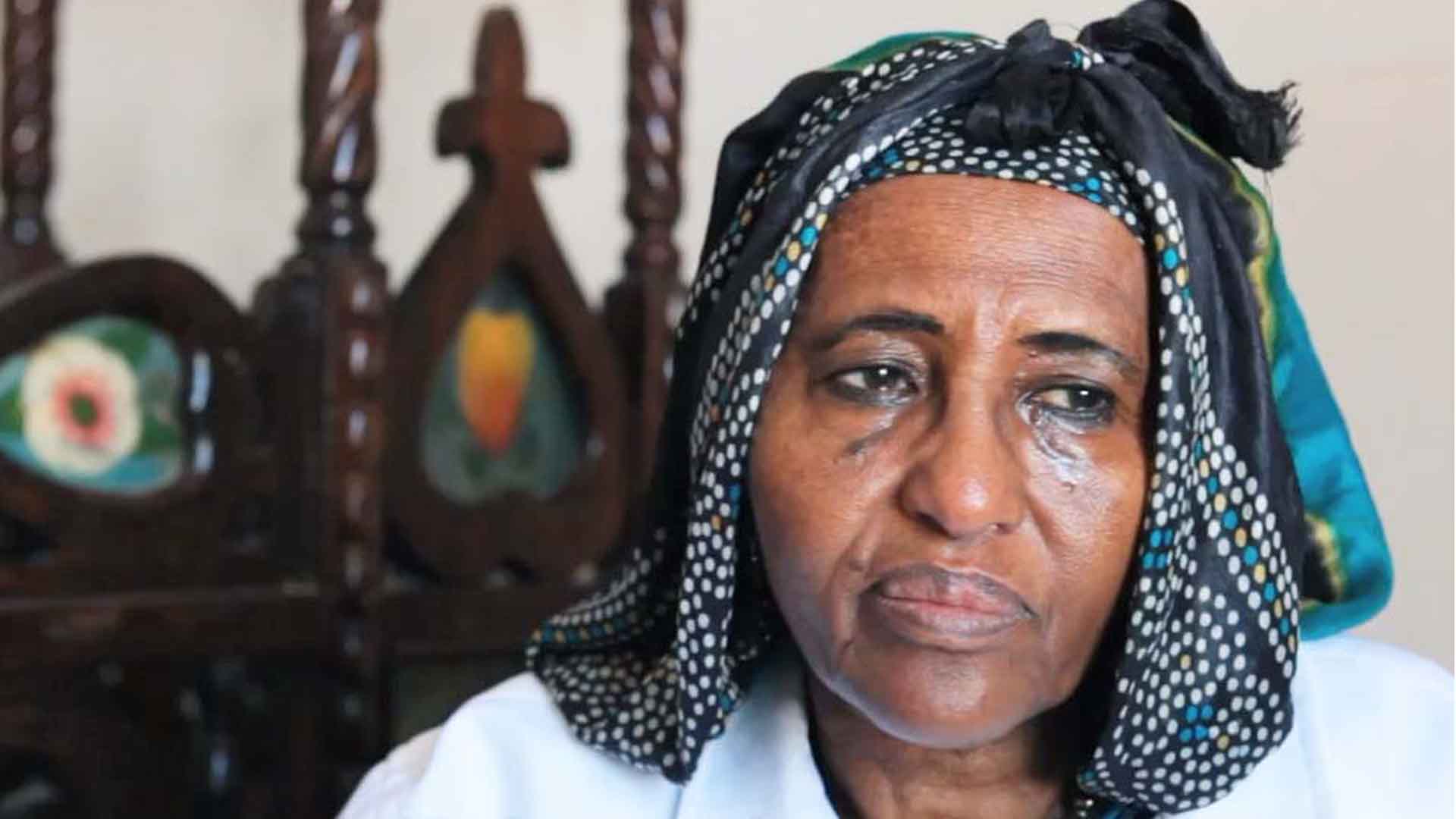
(Wikimedia)
Source: Global Citizen
Shrine of Sayyida Zainab bint Ali, granddaughter of Prophet Muhammad - Zaynab bint Ali (d. 681/682). Zainab was the grand daughter of the Prophet Muhammad through his daughter Faṭima (d. 632) and her husband Ali ibn Abi Ṭalib (d. 661).
She was a leading figure of the Ahl al-Bayt (Family of the Prophet) during the late seventh century and played a central role both during and after the Massacre at Karbala (680), where her brother Ḥusayn ibn Ali, and 72 of his companions, including her brothers, nephews and children were killed by the Umayyads. For a time, she was the effective leader of the Ahl al-Bayt and served as the primary defender of the cause of her brother, Ḥusayn. At Kufa, she defended her nephew—Ali ibn al-Ḥusayn (d. 712)—from certain death by the governor of the city and, when presented to Yazid ibn Mu‘awiya at Damascus, gave such an impassioned and forceful speech in the royal court that the caliph was convinced by his advisers to release her and the prisoners taken at Karbala.
Her strength, patience, and wisdom makes her one of the most important women in early Islam. Her shrine at Damascus remains a major place of visitation by both Sunnis and Shi’is, a fact that emphasizes the universality of her legacy amongst Muslims.
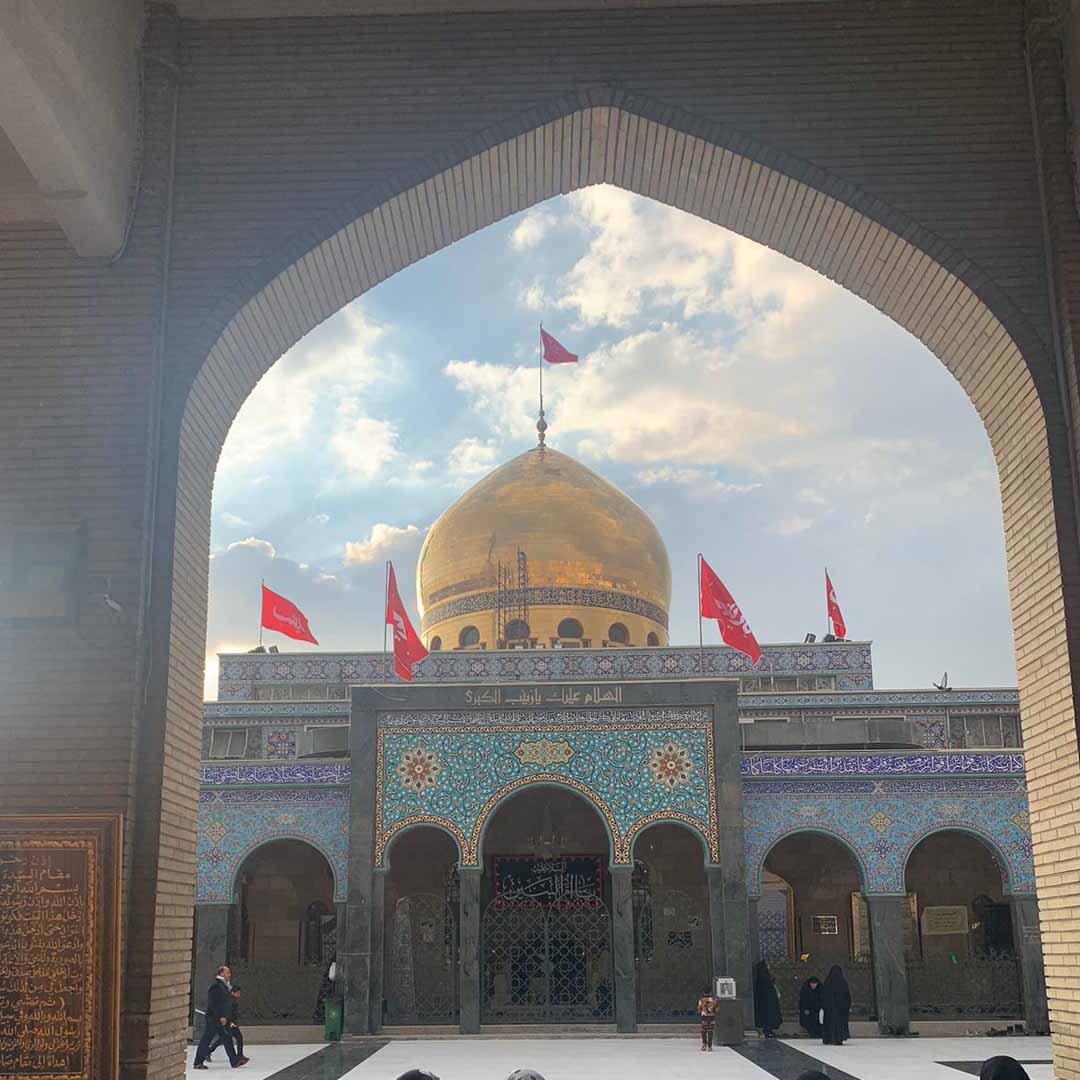
(Sabiha Shivji)
Source: Ballandalus